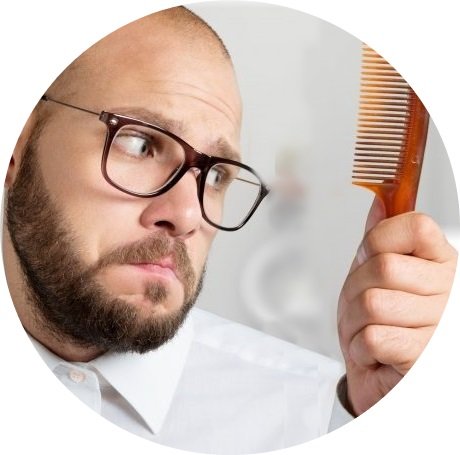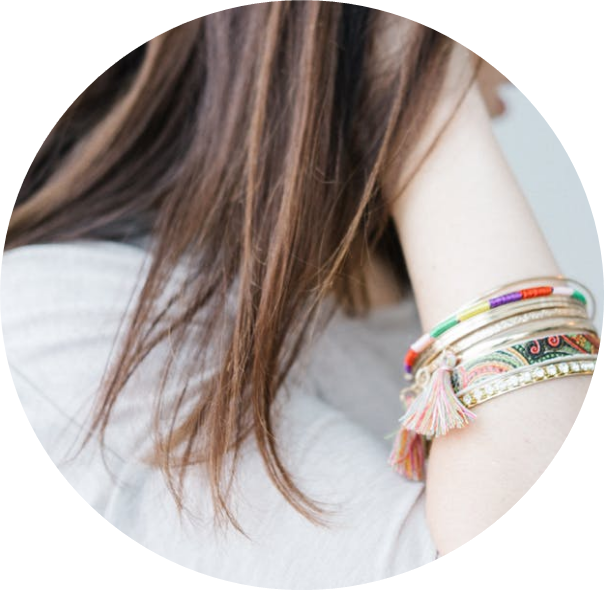All you need to know to have a healthy hair
The knowledge of trichology (science related to hair) is poorly understood whilst problems related to hair including receding hairline, postmenopausal thinning and other hair disorders remain a major concern to all adults. We know that the psychological impact of losing ones hair can be enormous as this can be seen as a symptom of lost youth or looking unattractive whereas healthy hair and scalp gives confidence. In his book, Hair Today, Hair Tomorrow, Ravi Bhanot gives valuable information on scientific, dietary and life style ways to improve hair rather than information on hair transplants or hair pieces. It also gives the nutrition for hair growth – Nutri(tion) for gro(wth) – Nutrigro®. Here are some of the things you need to know:
What causes hair loss or hair thinning?
Have we moved on from the time of the Greek physician Hippocrates in figuring out what causes hair loss or hair thinning? Traditional methods and medical research have shown different ways of treating alopecia or hair loss. What one can deduce is that every individual is different and everyone’s individual circumstances need to be considered to assess the best course of action.
Before understanding how to slow down hair thinning or boost hair regrowth, we need to understand what hair is, how it grows and the conditions that may play a part in this growth.
- An average head carries 100,000 – 150,000 hairs.
There are a variety of colours in hair – black is the most prevalent particularly amongst the Middle Eastern and Asian countries. In the west we have blondes, brunettes and redheads – only 2% are blondes and redheads. These have a low level of the dark pigment eumelanin and a higher level of the pigment phaeomelanin. Brown hair contains high levels of the dark eumelanin and lower levels of the pale pigment phaeomelanin.
- Hair’s primary function is to regulate temperature. Human beings being warm-blooded animals need to keep their body temperature stable. In cold temperatures muscles attached to the hair follicles contract causing the hair to stand up. This results in warm air being trapped between the hair. Since we have other means to keep warm e.g. clothes, our partners ( they can certainly get you heated up), exercise and eating hot curries – the main purpose of hair is cosmetic.
How does hair form?
- Hair is made from strong strands of a protein called keratin. Chemically this means oxygen, nitrogen, sulphur, carbon and hydrogen (2). Hair is made up of two types of Keratin-type 1 and type 11. Type 1 is acidic in nature whilst type 11 is basic. Together they make the keratin to form hair and nails. (No wonder many people with alopecia also have problems with their nails- and you thought it was nerves!). The proportions of the individual elements that make up hair differ between people of different ages, sex, type and even in the colour of the hair. Hair is not living. It has no nerves and is difficult to destroy.
- Hair grows in our scalps from follicles. These are unevenly spread in the scalp – usually in groups of two to five. Each follicle has its own life cycle. It produces about six inches (15cm) of hair annually for about four years. It then falls out and after a short period, the whole cycle starts again. Just imagine if this did not happen you could have used the same hair dye once in your lifetime – no such luck I am afraid!
In adolescence, the hair grows at its fastest rate and this reduces with age
The cell growth pattern can change due to drugs, pregnancy, illness etc. With age, the growth phase of the hair cycle reduces in length and the subcutaneous (below the skin surface) of the scalp also becomes thin and the hair becomes more brittle.
- Every hair has a life cycle of its own. Each hair grows from its own individual hair follicle. A follicle will produce new cells for a certain period of time. This period is called the growth phase.
- When the hair follicle enters the rest phase, the hair shaft breaks. The existing hair falls out and a new hair takes its place. The length of time that the individual hair is able to grow during the growth phase controls the maximum length of the hair.
How do we keep the hair in this phase?
- The hair follicles on your scalp let the hair grow for many years, so the hair can grow very long. Each hair grows on average half inch every month in the Anagen (growth period). In the resting phase, 30 – 150 hairs are shed per day. On average around 85% of hairs are in the growing phase and 14% are in a resting state and 1% in the Transitional stage (1). If the Anagen hair count is less than 80% of the total, the person has true hair thinning. The loss of a single or few hairs generally go unnoticed as there are hairs around the ‘lost’ hair that are in the Anogen or growing phase. Each hair is replaced every three to five years.
For more on hair loss or hair thinning click here!







